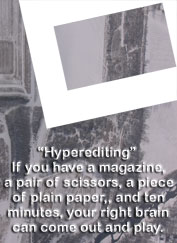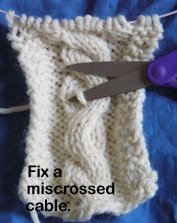.
Warmer and drier than March 11.
I think these are the same redbud flowers we looked at on the 11th.
Ceiling in Union Station.
There was an exhibit on Pompeii at Union Station. Sections of mosaics. These tiles are no more than 1/2" square, if I remember correctly.
If I remember correctly, this deer was nearly 18" tall. I think
this is the biggest metal decorative object from ancient times that I
have ever seen. And it's in the best condition of any non-gold ancient
metal object I've ever seen.
Ceramic cups. These are the size of coffee mugs you might have in your cupboard, but they never held coffee.....
Looking at the different textures.
Here's something else I'd never seen before -- a sieve. Also -- note part of a frying pan at left. I'd never seen an ancient frying pan, either. One of the other visitors to the exhibit was speculating as to whether the types of metal available to the Romans would have made a decent frying pan. This is something that wouldn't have occurred to me, and I wonder what the answer is......
Closeup of sieve -- decorative hole patterns.
There were several pieces of gold jewelry. Bracelet, with earrings in back.
Woven (knitted?) gold necklace, and I believe those are earrings at bottom right.
Closeup of the necklace. CB, do you think this is the same technique by which your necklace was made?
I think the tallest of these glass jugs was about 8".
Pompeii was a place where many of the rich (really rich) and famous had vacation homes. Their houses were elaborately decorated and furnished. Their walls were painted.
Closer crop of the upper right corner of the above.
Greek statues were very idealized. Intended to represent an ideal, rather than an actual person. Roman statues were more likely to reflect a real person's looks and demeanor. Not that they know who this one is..........
I always like to see things I've never seen before. I was boggled by the deer, and interested by the sieves and the frying pan which can just be seen at the left of the first sieve pic.
Some of the things we were told in the identifying info did not agree with what I heard in the MOOC I took on Roman architecture. It seemed to me this exhibit implied that there were kitchens in most houses, when, in fact, kitchens were rare. I was told in the class that people probably ate out (or got take-out), rather than cooking at home. I have seen photos of the remains of multiple restaurants. The food was ready, and people would walk in and get a bowl of soup or a plate of cooked food. We were told in class that there were few kitchens in houses, and fewer bathrooms. The Romans went to public baths. In part, no doubt, because the public baths were very social. You'd meet your friends, and spend time together at the baths.....
I am glad to have seen the exhibit.
.
Tuesday, March 28, 2017
Subscribe to:
Post Comments (Atom)


































2 comments:
That looks a lot like what I think of as Viking wire weaving, but I'm no expert. D or M (who have actually done it) would have a better opinion.
I'm wondering if Pompeii had more kitchens than usual because rich people could afford to have cooks on staff? As you pointed out, it was the playground for the rich and (probably) famous, so using it as a "this was typical" setting is fraught with danger.
The Roman's had steel, albeit not high quality, to make cook wear out of, so I imagine it worked just fine. After all, if it didn't work, they wouldn't have used it.
That necklace really made me think of yours, which is why I wondered.
Yes, probably Pompeii had more kitchens than was typical, but I thought it was wrong of them to leave the impression that houses had kitchens. I remember the MOOC teacher saying "people always ask where the kitchens were!" It doesn't take much to say "It is believed that only the wealthiest households had cooking done on the premises. It is thought that everyone else ate out or brought home take-out." And, I suppose, it's possible that this info was there and I didn't see it. I did not read every last thing there was to read.
Personally, I believe I'd rather do without a kitchen that without a bathroom, she said, imagining the stench of living there, then..... :-)
And -- if it didn't work, they wouldn't have used it, for sure, but there's "works better than nothing" and there's "works really well!" And everything in between....... :-)
Post a Comment